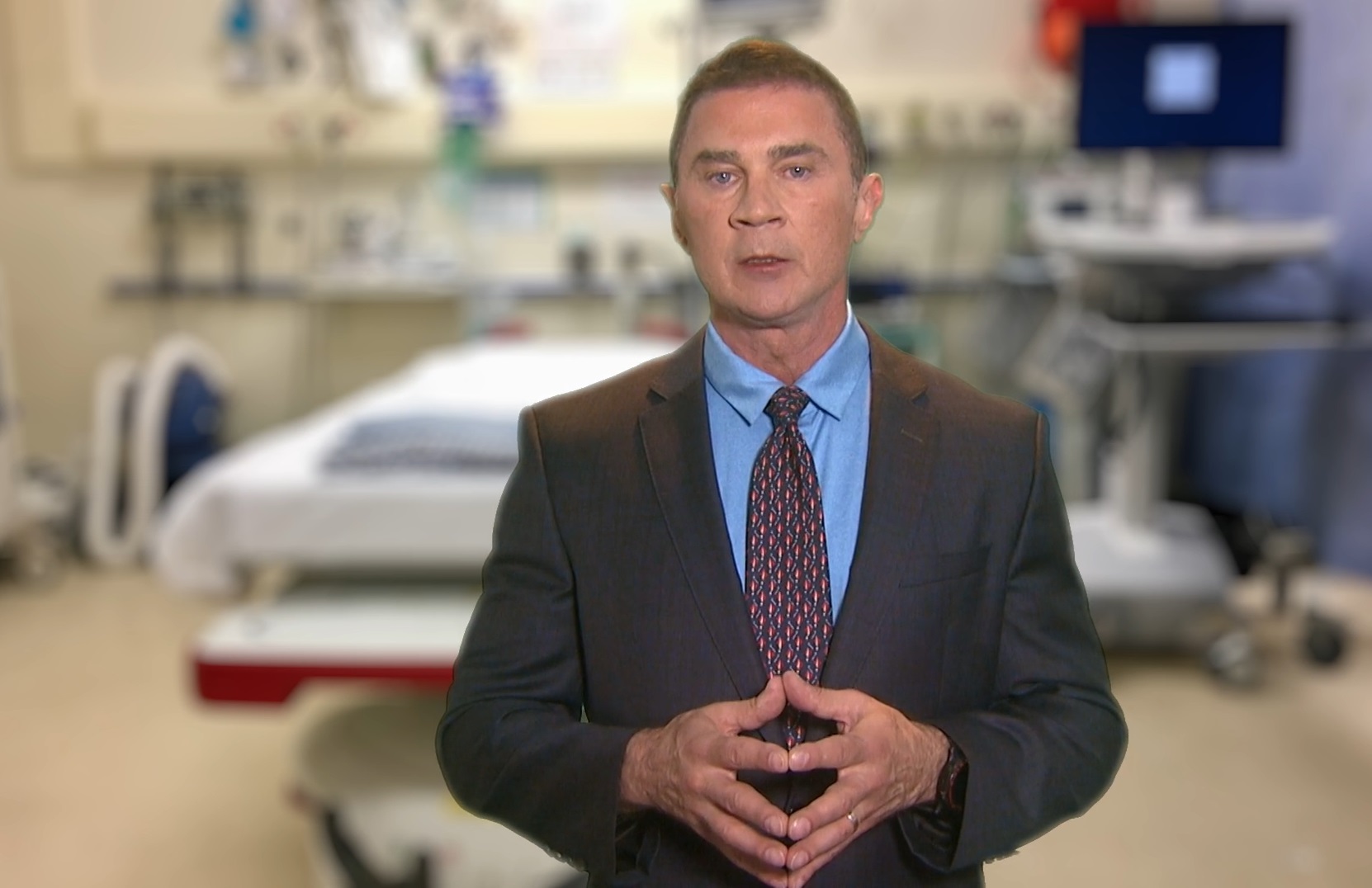Description
Curriculum
- Road Map and Introductory remarks
- Why Definitions Matter
- Differences Between Physician and Lawyer Thinking
- Criminal and Civil Tort Laws
- Legal Definitions Guilty v. Non-Guilty
- A finding of liability requires a set of legal proofs very different from those needed to establish Guilty vs Not Guilty
- Civil Tort Law became the precedent for today’s legal actions against Doctors, Nurses, Physician Associates, etc.
- Tort General Concepts
8.1 IRAC
Program Overview
Emergency medicine is a high-stakes specialty where practitioners must make rapid decisions under chaotic circumstances. While clinicians are well-trained in diagnosing and treating complex medical conditions, there is often a stark lack of legal education in their formal training. This course is designed to fill that gap, equipping emergency medicine professionals with the knowledge and skills to recognize, mitigate, and manage legal risks. By addressing the fundamentals of medical-legal concepts, the course empowers providers to approach potential litigation with greater confidence and clarity.
The curriculum is structured to provide both theoretical knowledge and practical application. Initial lessons introduce essential legal terms and frameworks, focusing on how they intersect with clinical practice. Subsequent units delve into the unique thinking styles of medicine and law, highlighting key differences in reasoning, decision-making, and approaches to uncertainty. Through carefully crafted scenarios, participants will learn to identify subtle litigation risks and understand how to act proactively in legally perilous situations. Real-world examples and the IRAC (Issue, Rule, Application, Conclusion) framework are incorporated to enhance comprehension and application.
Beyond legal education, the course addresses the emotional and psychological toll of malpractice lawsuits. Participants will explore common responses to litigation and develop strategies to minimize stress and maintain resilience. By integrating legal literacy with adaptive coping mechanisms, this program provides a comprehensive approach to supporting emergency providers in their dual roles as medical professionals and legal stakeholders. Ultimately, this course aims to create a more confident, informed, and prepared workforce, capable of navigating the complex intersections of emergency care and legal accountability.

